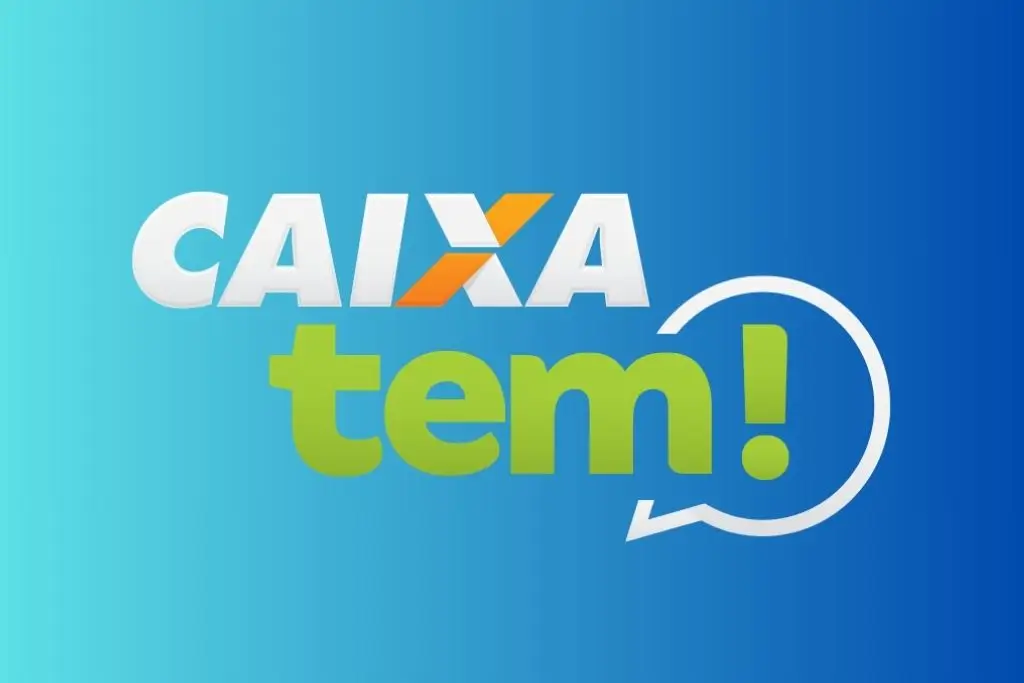Find out how to use your FGTS to withdraw or even take out loans using your balance in the programme
One of the biggest advantages of working under a CLT is that, by signing a work permit, the worker guarantees various benefits and labour rights, among which the FGTS or Severance Indemnity Fund stands out.
The FGTS is a financial reserve that every CLT worker is entitled to where the employer must deposit 8% of the employee's salary each month into an exclusive account at Caixa, and the worker can withdraw this amount on certain specific occasions.
Despite being a benefit that Brazilian workers have, many don't know how the Guarantee Fund works or even know about the possibility of using this reserved amount to buy a house, for emergencies or to get loans.
In other words, the FGTS can be used in emergency situations, such as unemployment, serious illness or natural disasters affecting the worker's home. In these cases, withdrawing FGTS can be an important source of funds to help workers get through difficult and unforeseen times.
Another possibility little known to workers is the use of FGTS as collateral to obtain loans. In this modality, the FGTS balance is used as collateral for the payment of the loan, which can result in lower interest rates and longer repayment terms, providing more peace of mind and financial security for the worker.
It is therefore important that workers are aware of their rights and know how to use their FGTS consciously and strategically, making the most of the benefits offered by this important financial resource.
We've put together some important information about the FGTS and how it can be used, so read on to find out more.
Quick Index:
FGTS: how it works
The FGTS (Severance Indemnity Fund) works as a kind of compulsory savings account to which every Brazilian worker with a formal contract is entitled. In other words, the employer is obliged to deposit, on a monthly basis, an amount equivalent to 8% of the employee's salary in an account linked to the FGTS at the Caixa Econômica Federal.
The FGTS balance increases month by month and is increased by interest and monetary correction. Workers can withdraw their FGTS in certain specific situations, such as dismissal without just cause and others (more on this later).
FGTS withdrawal: when to make it?
The FGTS can be withdrawn in the following situations:
- Unfair dismissal;
- Termination of fixed-term contract;
- Termination of contract by agreement between employee and employer;
- Retirement;
- Buying your own home;
- Payment of part of the amount owed on a property loan;
- The account remained inactive for three uninterrupted years without any deposits being credited;
- Serious illness of the worker or their dependants;
- Death of the worker, with the balance being paid to their dependents;
- Suspension of self-employed labour;
- Workers aged 70 or over;
- Situations of public calamity declared by the government;
- Termination due to mutual fault or force majeure;
- Payment in instalments of property loans granted under the Housing Finance System (SFH);
- Amortisation, settlement of the outstanding balance and payment of part of the instalments acquired in a housing loan.
It is important to check the specific situation and the documents required for each type of withdrawal with Caixa Econômica Federal, which is the body responsible for managing the FGTS.
How do I check my balance?
There are two main ways to check your FGTS balance:
Consultation via the internet:
- Download the exclusive app for Android or iOS.
- Click on "First Access" and accept the Terms of Use.
- Enter your NIS and continue.
- Fill in the form, create a password and register.
Consultation with Caixa:
- Visit the official Caixa Econômica Federal website.
- Navigate to Benefits and Programmes and follow the instructions to register and access your details and balance.
Balance blocked and now what?
The balance can be blocked in certain specific situations:
Anniversary Withdrawal:
- It is not possible to withdraw the full amount in cases of dismissal for just cause.
- To unblock the balance, you need to switch back to the Termination Withdrawal mode, which is only possible after two years of opting for the Anniversary Withdrawal.
FGTS loan:
The amounts earmarked for early withdrawal are blocked at the disposal of the financial institution where the loan was requested.
Attachment of the balance:
In cases where the debt stems from arrears in alimony, the balance can be seized, and in these cases there is no possibility of unblocking it.
Loan using the Guarantee Fund
As well as acting as a financial reserve for the worker, the FGTS can also be used as collateral to obtain loans.
Thus, when applying for a FGTS-guaranteed loan, the worker can offer their account balance as collateral to the bank or financial institution. This way, the balance is blocked until the loan is repaid.
Some features of this type of loan can be advantageous to the worker, such as:
Lower interest rates: As it is a secured loan, interest rates are usually lower than for other types of credit.
Deadline extended: Generally, the payment period is extended, which can make it easier to pay the instalments.
Maximum loan amount: The amount of the loan can be up to 40% of the total balance of the FGTS account, plus 100% of the severance fine in cases of unfair dismissal.
How to apply
To apply for a loan guaranteed by the FGTS, the worker must go to a financial institution authorised to carry out this type of credit and follow the necessary procedures.
It's important to pay attention to the conditions of the contract, such as the interest rate, payment period and the amount of the instalments, to ensure that the loan is an advantageous option that fits into the monthly budget.
Some banks offer this type of online loan, such as Banco Pan and Banco Mercantil. The ideal thing to do is to check what best suits your financial situation and analyse all the pros and cons before taking out a loan or making any other financial decision.
Read more: How to withdraw your benefits at Caixa Tem













